React Hook Form - Efficient Form Handling
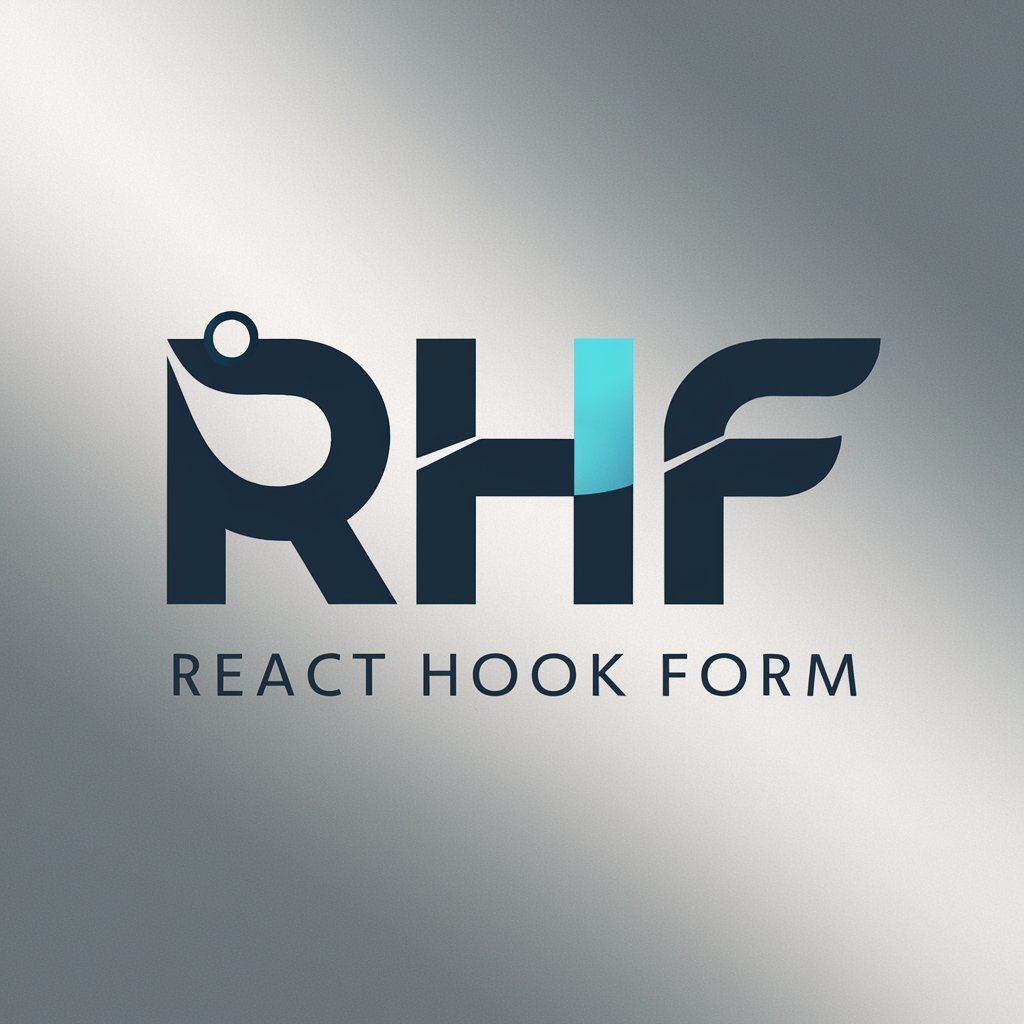
Welcome! Let's simplify your React forms together.
Simplify form management with AI
How can I integrate React Hook Form with my existing project?
What are the best practices for managing form state in React Hook Form?
Can you help me troubleshoot validation errors in React Hook Form?
How do I create custom input components with React Hook Form?
Get Embed Code
Introduction to React Hook Form
React Hook Form is a flexible and efficient library designed to manage forms in React applications. It emphasizes performance and simplicity by minimizing re-renders and leveraging React hooks for form state management. This approach significantly reduces the amount of boilerplate code required to create complex forms, making it easier for developers to build and validate forms with less effort. A key feature of React Hook Form is its adoption of uncontrolled components, which allows the library to reduce the number of re-renders by not controlling the form fields' state directly. Instead, it utilizes the native form input elements' internal state, coupled with React hooks, to manage form data. This design choice results in a more performant and straightforward way to handle form inputs, validations, and submissions. An example scenario illustrating its utility is building a user registration form where fields like 'username', 'email', and 'password' need validation. React Hook Form simplifies handling validations, managing form state, and improving performance compared to traditional controlled component approaches. Powered by ChatGPT-4o。

Main Functions of React Hook Form
Easy Form Validation
Example
Using `yup` for schema-based validations
Scenario
In a signup form, ensuring the email is in the correct format and the password meets specific strength criteria.
Minimized Re-renders
Example
Leveraging uncontrolled components
Scenario
Improving the performance of a large dynamic form, such as a multi-step survey, by reducing unnecessary re-renders.
Simplified Form State Management
Example
Using `useForm` hook to handle form state
Scenario
Handling user inputs, validations, and submissions in a complex form without managing state manually, making code cleaner and more maintainable.
Integrated Form Validation
Example
Custom validation rules with React Hook Form's validation schema
Scenario
Customizing validation for a complex form that requires specific validation logic for various fields, including asynchronous validation for username uniqueness.
Ideal Users of React Hook Form
Web Developers
Developers building modern web applications in React who need a reliable, performant way to manage form state, validations, and submissions with minimal boilerplate.
UI/UX Designers and Developers
Designers and developers focusing on user experience who require a straightforward method to implement and validate forms without compromising on performance or the user's interaction.
Project Managers
Managers overseeing projects that involve extensive form usage, who benefit from React Hook Form's efficiency and simplicity to speed up development time and reduce potential bugs.

How to Use React Hook Form
Start Your Journey
Begin by exploring yeschat.ai to start your trial instantly without any need for login or subscribing to ChatGPT Plus.
Installation
Install React Hook Form into your project using npm or yarn. Run `npm install react-hook-form` or `yarn add react-hook-form` in your project directory.
Integration
Integrate React Hook Form with your components. Use the `useForm` hook to manage your form state and inputs efficiently.
Form Validation
Leverage React Hook Form's built-in validation methods to apply asynchronous and synchronous form validation, enhancing user input accuracy.
Optimization
Utilize the `Controller` component to integrate with UI libraries seamlessly and the `useFieldArray` for dynamic form fields, optimizing your form handling experience.
Try other advanced and practical GPTs
Hook Copilot
Empowering Hook language coding with AI.
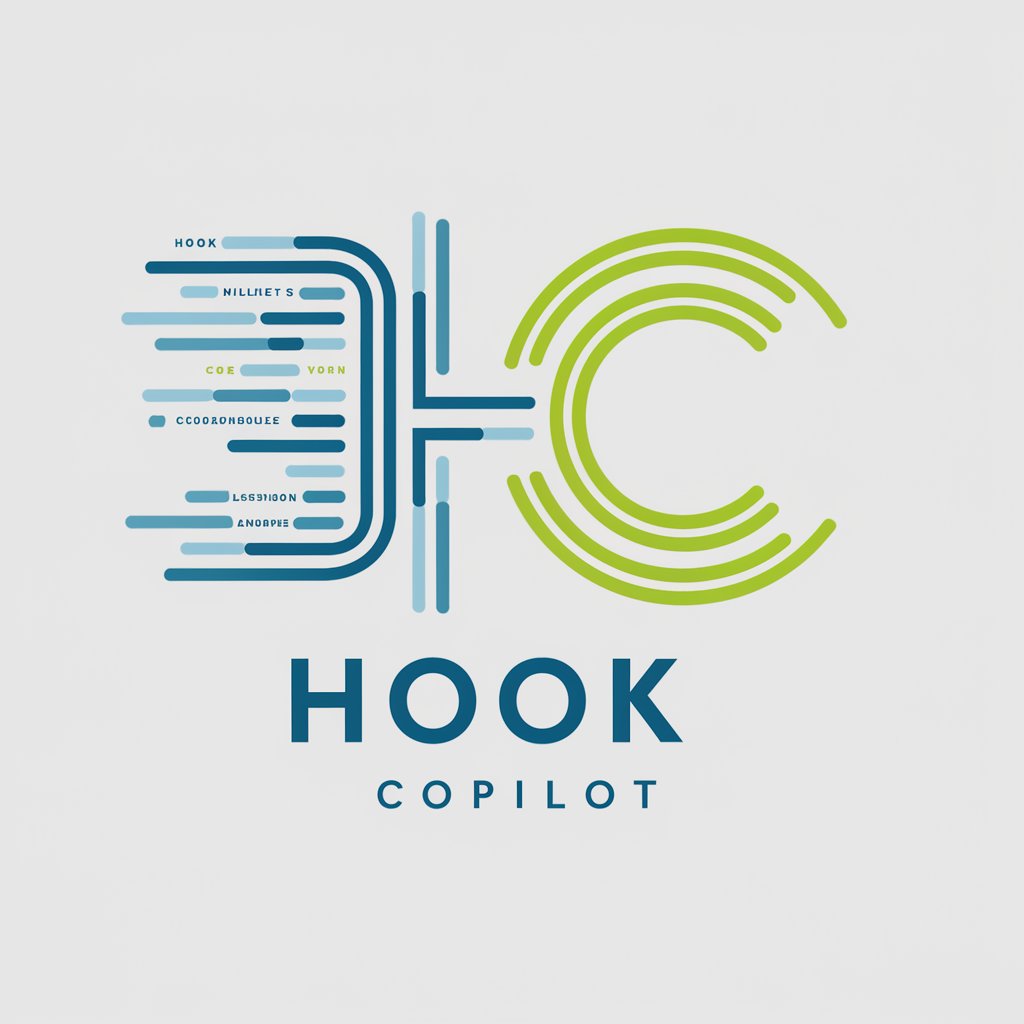
HOOK - SCQA
Craft compelling narratives with AI

CATIA : CAA Automatıon
Empower your CATIA projects with AI-driven automation.

LaTeX Transformer
Transform Equations into LaTeX Effortlessly
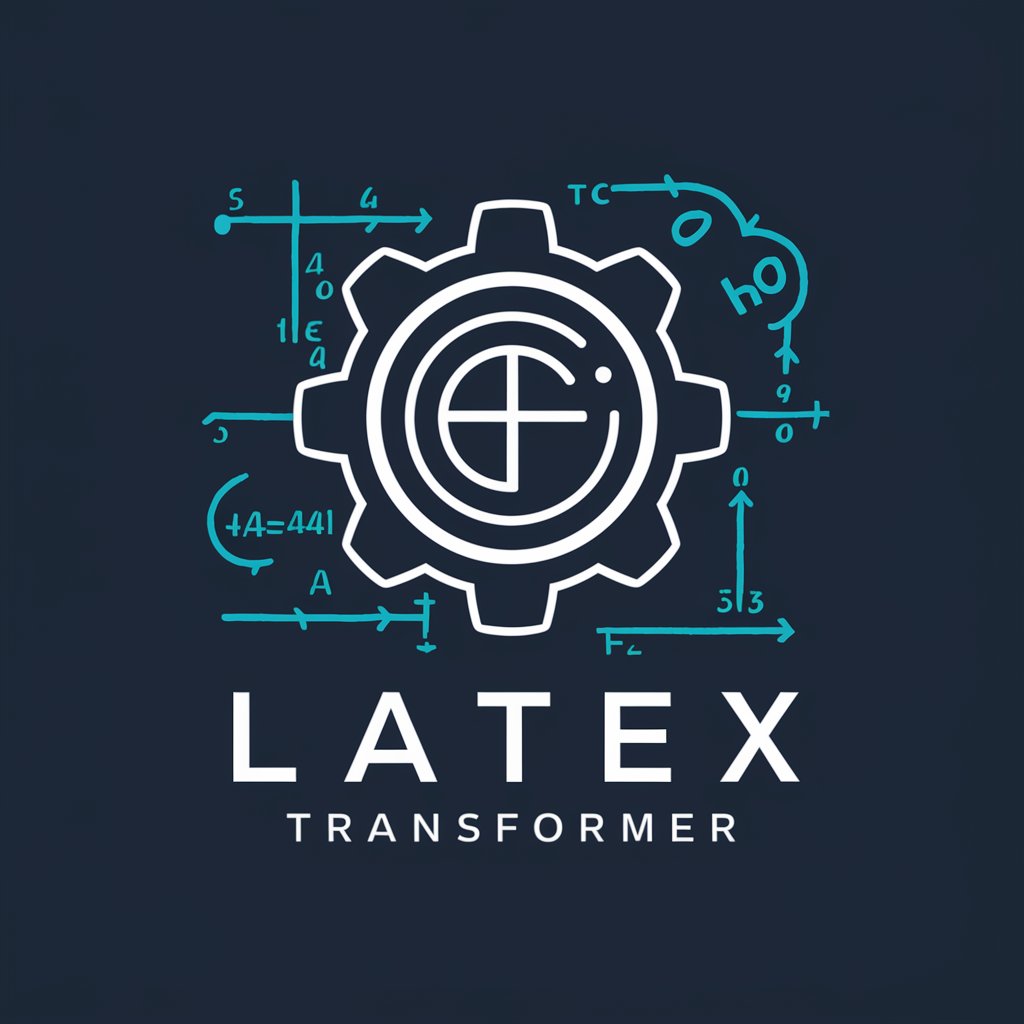
Wolverine Course Design Assistant
Empowering Educators with AI-driven Design

Optimized Readability Writer
Elevate your text with AI-powered clarity.
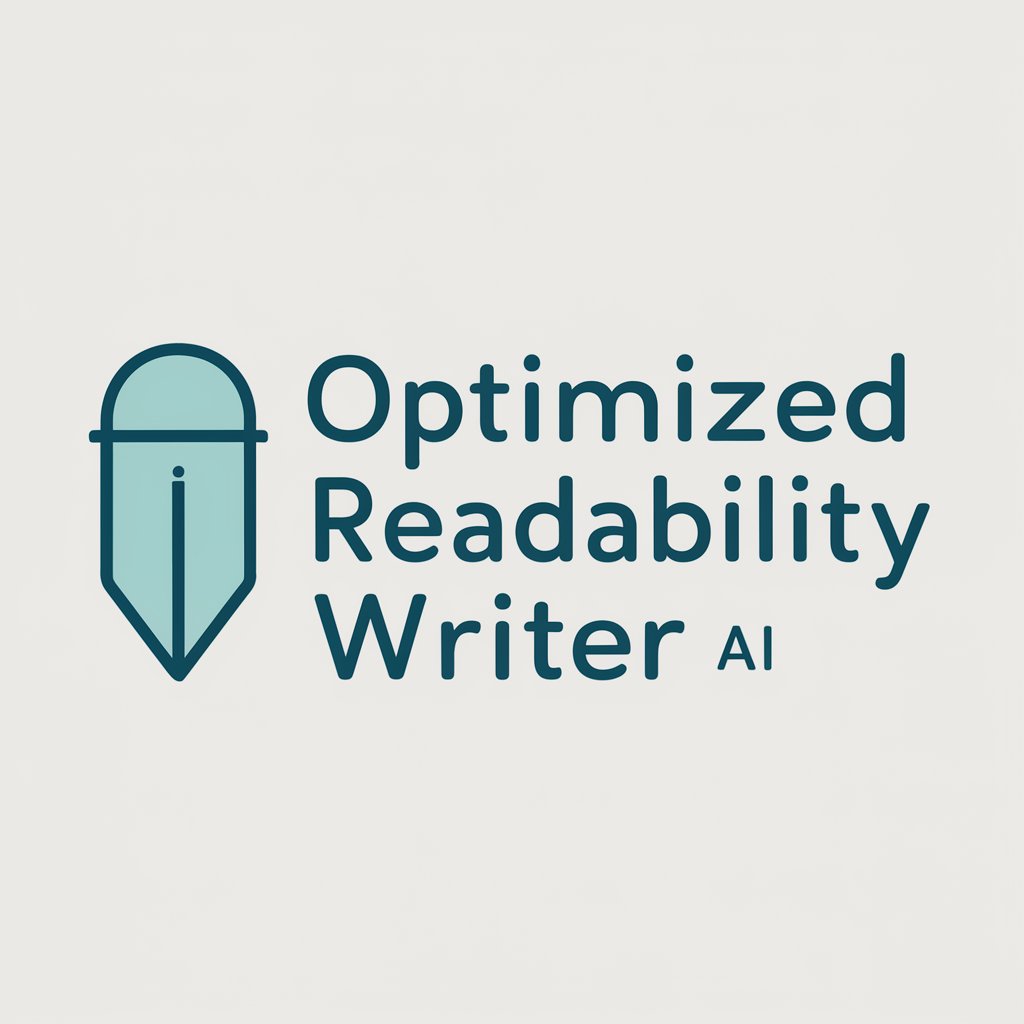
OTC Description
Craft captivating tourist activity descriptions effortlessly.
論文検索
Empowering your academic journey with AI.

SEO★Blog Helper😊日本版
Enhancing your blog's SEO with AI-driven insights.

Mentor Li
Empowering Youth with AI Friendship

台本職人【SNS動画】
Crafting compelling scripts with AI
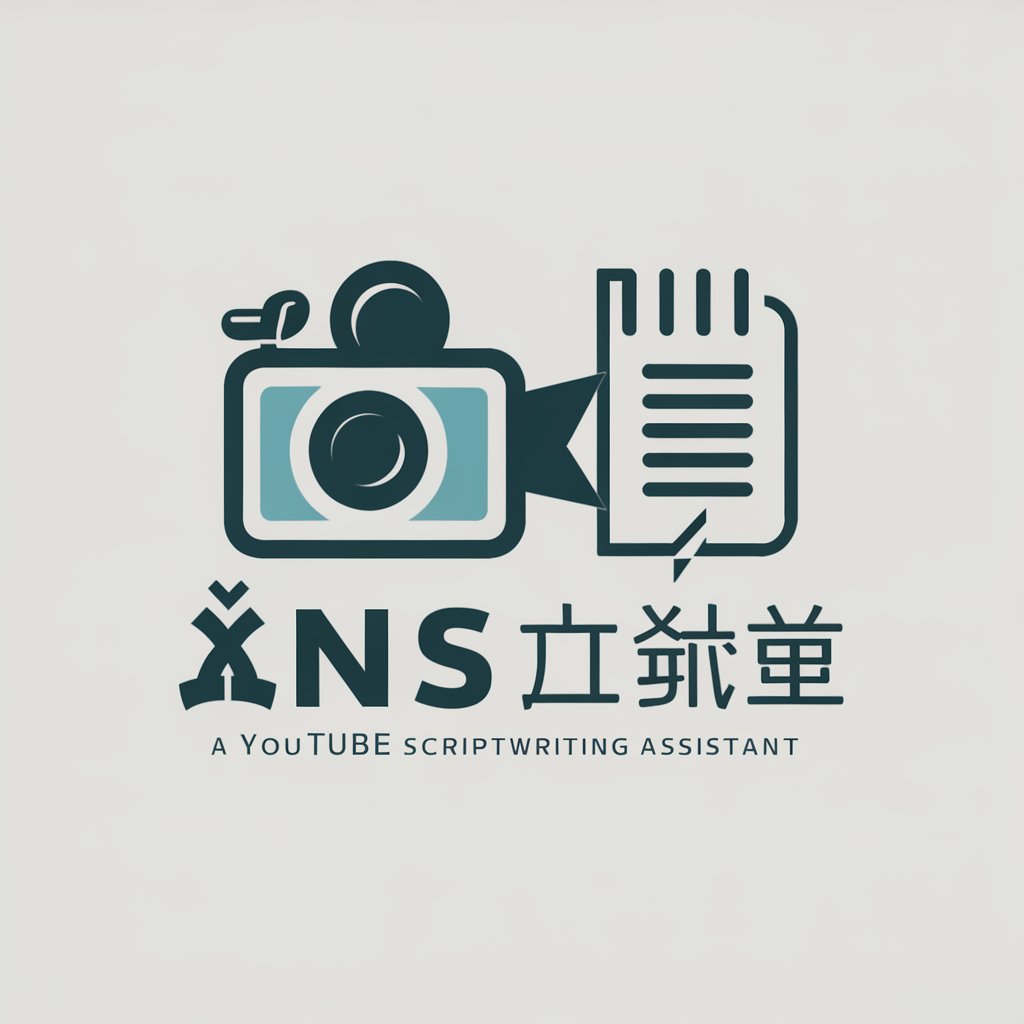
Transcription Analyzer
Unlock Insights with AI-Powered Analysis
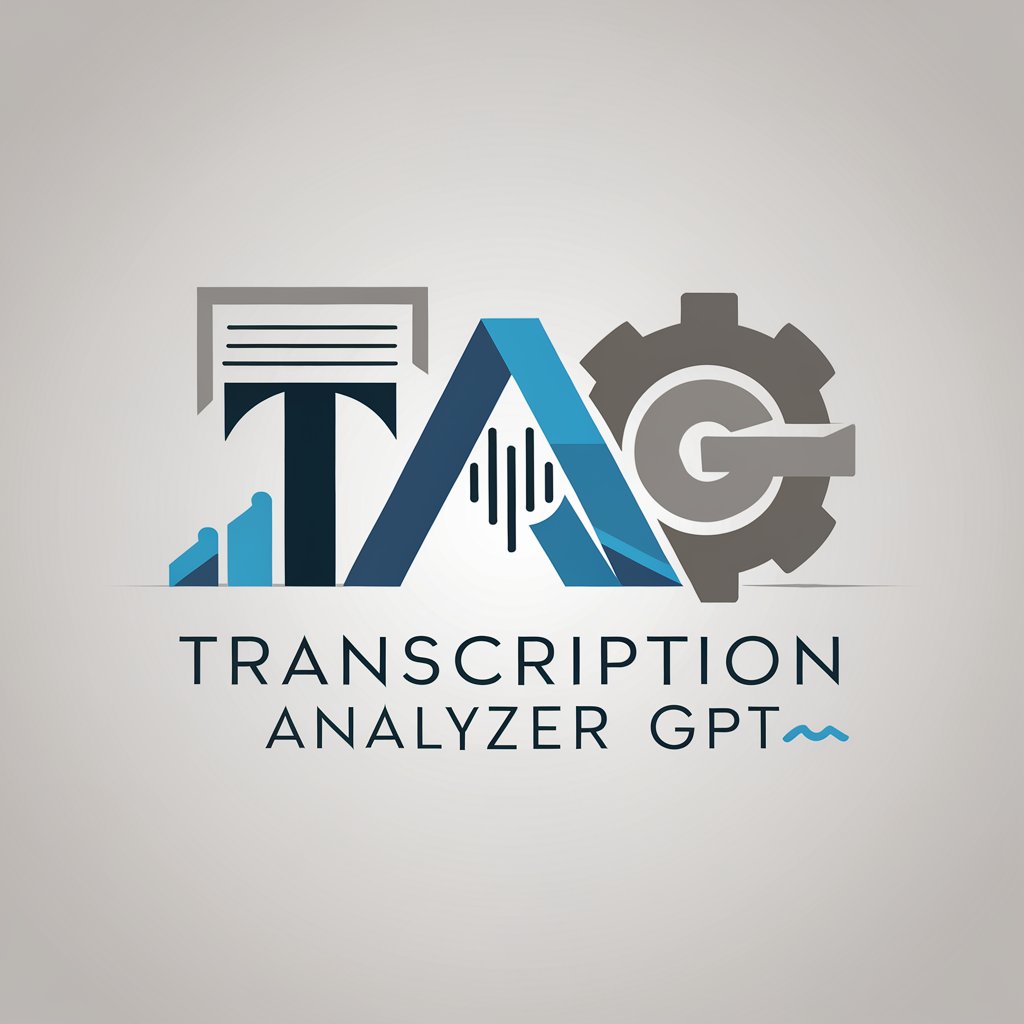
Frequently Asked Questions about React Hook Form
What makes React Hook Form stand out from other form libraries?
React Hook Form stands out due to its performance and minimal re-renders, leveraging uncontrolled components with native HTML inputs over controlled components, significantly reducing the amount of code and improving performance.
How does React Hook Form handle form validation?
It supports both built-in and custom validation rules, allowing asynchronous validation for complex scenarios and seamless integration with existing HTML validation using constraints.
Can React Hook Form be used with TypeScript?
Yes, React Hook Form is fully compatible with TypeScript, offering strong typing for form data, which enhances code reliability and developer experience.
Is React Hook Form suitable for managing complex forms?
Absolutely, it's designed to handle complex form structures, including nested and dynamic forms, with features like `useFieldArray` for managing arrays of fields and `useFormContext` for complex form hierarchies.
How does React Hook Form improve form performance?
By minimizing the number of re-renders and leveraging uncontrolled components, React Hook Form ensures a more efficient and faster form handling process, making it ideal for performance-critical applications.
